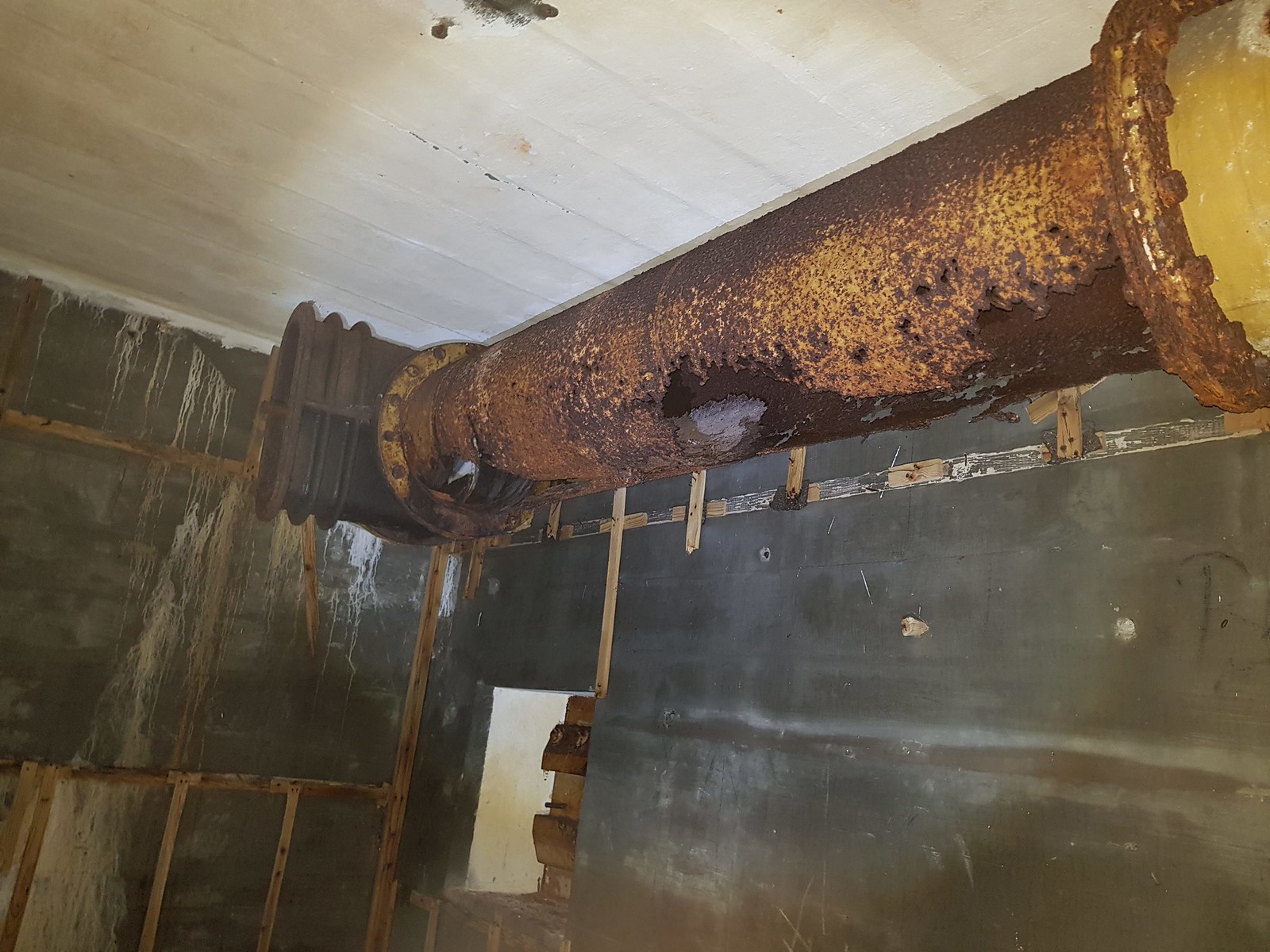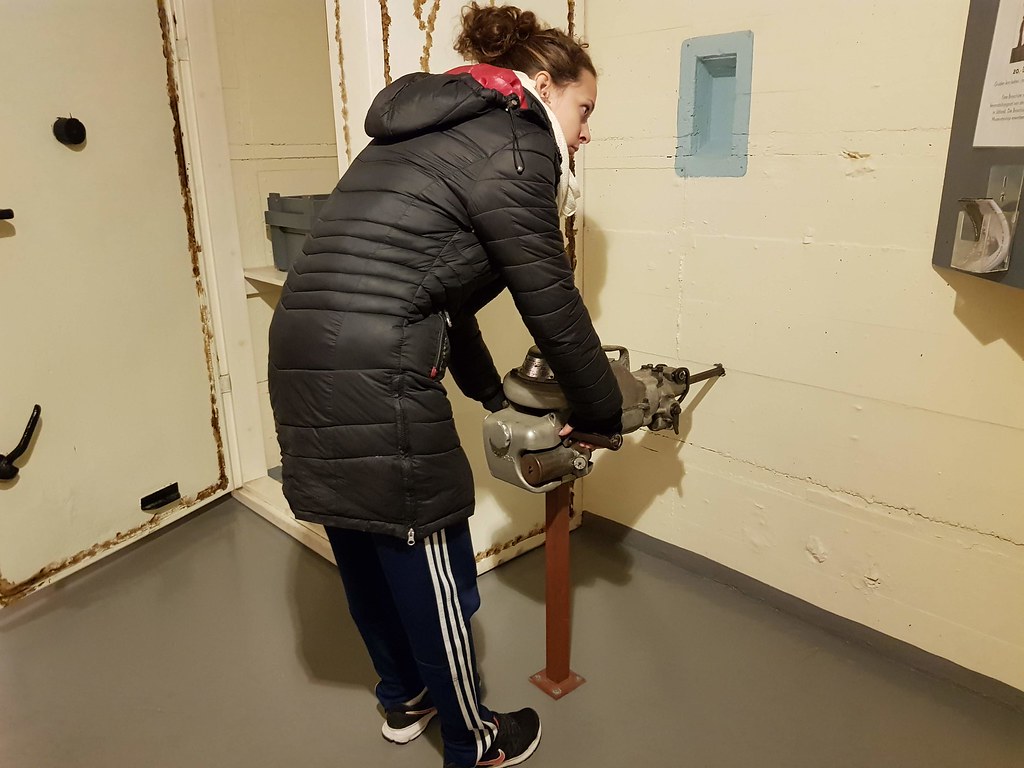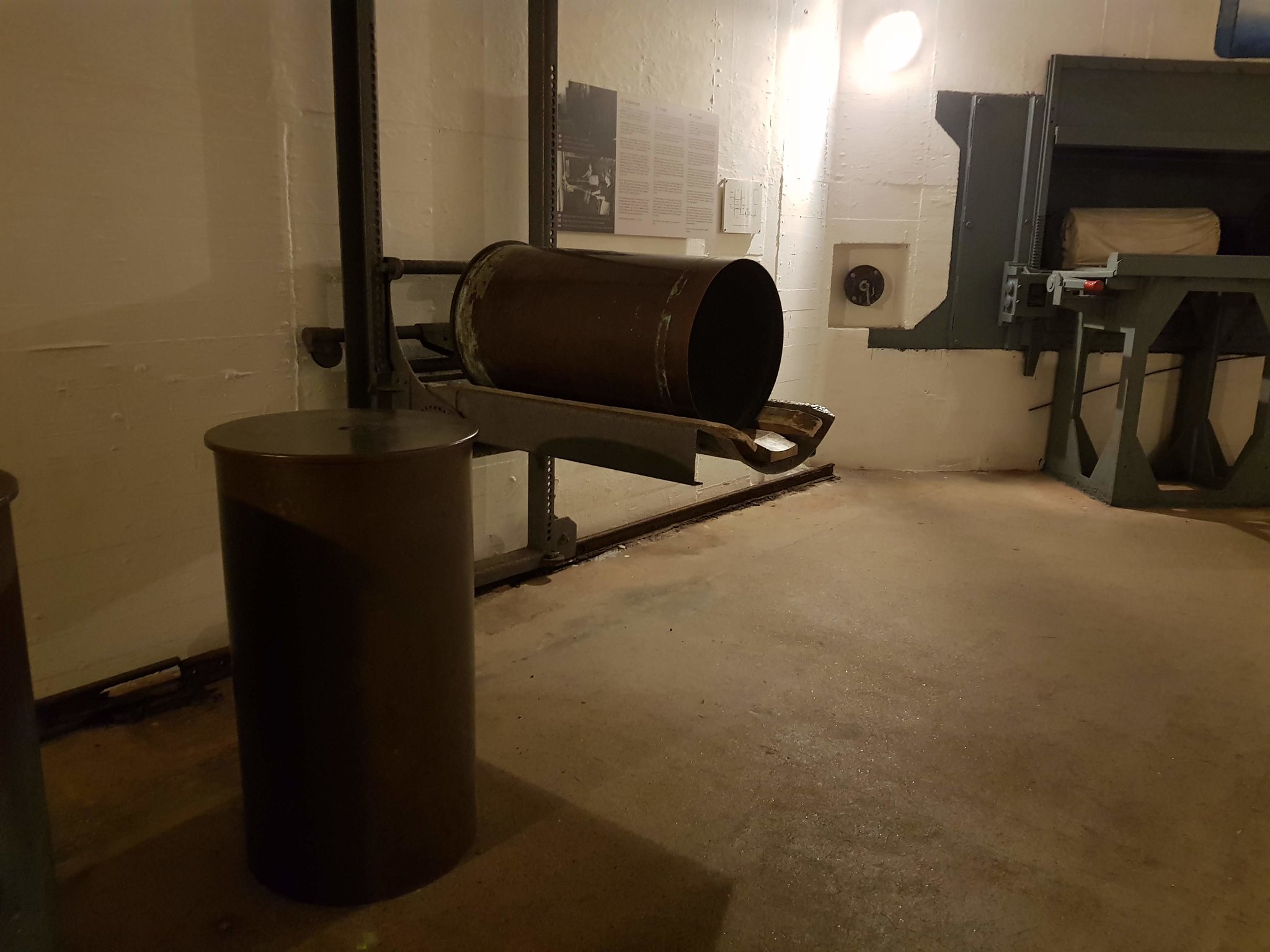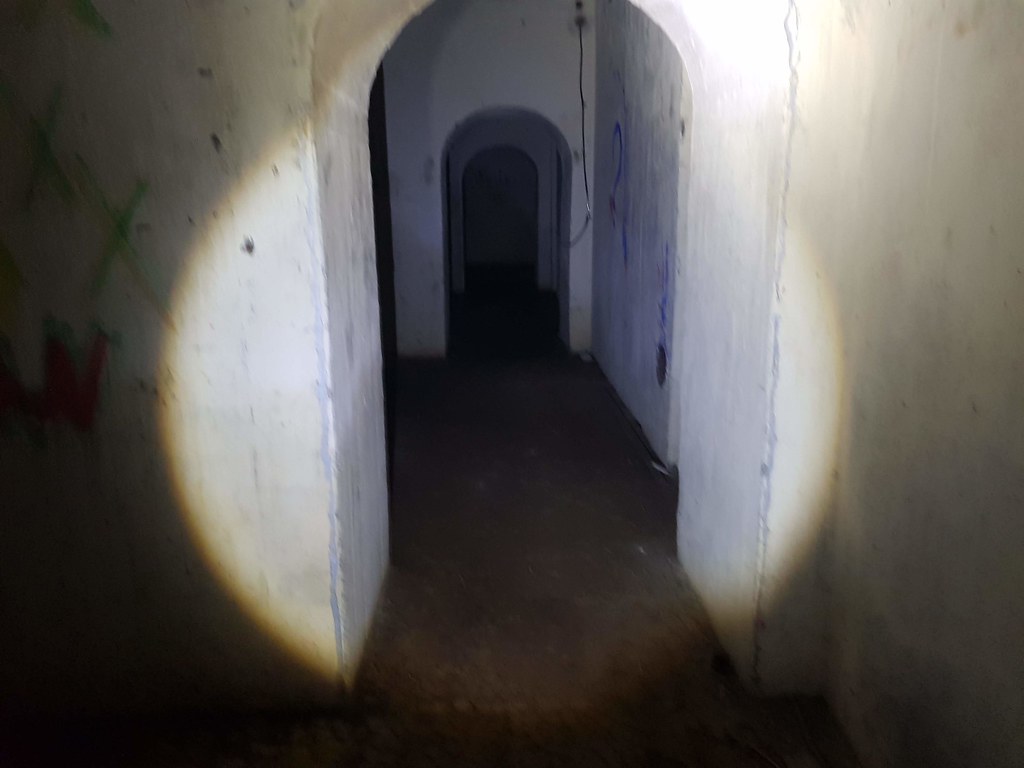
The Atlantic Wall began its construction in 1940, and the last parts weren’t put into place until years later, running long and long into the most frigid winter North Atlantic storms. During the war’s end, it became the largest fortification of its time. But, unlike other walls, it had many hollows and openings for sea trips.
Comments
Thank you for your order. Your research material is ordered and will be shipped soon. Your order includes: * Event book * Regelbau analysis * Event history analysis * Nazi army analysis * Locations analysis * Resistance analysis
Thank you for getting the lowdown on the Nazis’ plan to take over this country. You can find out more about our WWII defences here: http://www.listentooxford.org
One step closer to WWIII! We hope to see you in our game, Sheriff Muir, in the near future! Under our new content rules, you cannot reveal any details about your players. Double check the rules below to see what you can and cannot do.
The Atlantic Wall was a series of fortifications Hitler ordered built to guard Europe’s west coast from Allied assault.
Thank you for purchasing The Ghostly Remains of Nazi Germany’s Atlantic Wall. We’ll be sending you a follow-up email once your order is ready for shipping. We’ll be sure to let you know more about your delivery cost and tracking information so you can enjoy your book.
I’m really sorry for this inconvenience. Your purchase was cancelled. If you contact us at support.atlanticwall.com, we’re happy to help you.
Thanks for your email on the Tuesday of winter storms in Cornwall exposing WWII anti-tank defences to prevent a German invasion of the British Isles during the Second World War. Here’s some reading material to get you ready: “The Cornish Defence Line: Field Marshal Gerd von Rundstedt and the German Attempt to Invade England.”
You’re in for an adventure if you’re looking to learn about the Atlantic Wall in Denmark. We’ll be adding this soon. For now, take a look at this brief introduction to support points and the Regelbau program.
At the time of the “Atlantikwall construction,” construction is thought to have been ordered by Emperor Drassus in response to increasing pirate raids from the North Sea, the Atlantic Coast, and the Mediterranean Sea.
“It is astounding to know that this hidden Roman Fort once housed a World War II Bunker, which was designed to stay hidden and serve as a refuge,” said archeologist Margarita Levrini.
Welcome to The Abandoned Coalition! Our team has found an ancient World War II Bunker inside ruins of a Roman Fort. The Bunker is deep within an old armory used by the dozen soldiers during the war. The Bunker is thought to be from the 1800-1940s.
Thank you for ordering the photo of the remains of the Atlantikwall on the northern shores in Europe. We will contact you once your order is processing within approximately 7 business days.
Thank you for your purchase! We are pleased to provide you with a selection of underground structures that meet Regelbau standards. We know you’ll love your new home!
The Atlantic Wall was a WW2 period building project that was launched by Hitler in response to the Allied invasion of Norway. It was a series of fortifications of which the longest stretch was the Atlantic Wall proper, a major coastal defense line running from northern Norway to southern France.
Your story has been submitted with a subject of: Storms expose WWII anti-tank defences to stop a German invasion at Cornish beach.
Thanks for contacting us. Here is the answer that you requested about the remains of the Atlantikwall: North of the village of Holtenau, there is still a small part of the Atlantikwall that can be seen across the marina. From Hessenweg, it is possible to view the remains of the wall along the beach and on the north.
Thank you for your order. Here is a picture of the Atlantikwall.
Thanks for taking the time to visit the Atlantikwall Museum Noordwijk. We hope you enjoy our bunker, museum and WWII tour.
Your order of: World War II Bunker Discovered Inside Ruins of Roman Fort, has been successfully processed. Tom
I think you are interested in The Ghostly Remains of Nazi Germany’s Atlantic Wall. We will be in touch soon when your order ships.
Hi! You’ve reached the Atlantic Wall Research blog. This email is only sent to confirmed recipients. If you know someone who might be interested in joining our ARC not-for-profit research project, drop them a line at contact@atlanticwall.com. How did you hear about our project?
Hi there! We’re pleased to start your suggested visit to the Atlantikwall Museum Noordwijk! We’re looking forward to your visit.
The Atlantic Wall is a German fortified barrier between Denmark and Germany built during World War II. The idea was to stop a potential Allied invasion from the North Sea. This course will take you through the three main periods of the Atlantic Wall: pre-war, defense, and post-war.
Thank you for your interest in The Atlantikwall Museum Noordwijk. If you have any questions, please email us at info@atlantikwall.com.
We have received your request to purchase The Ghostly Remains of Nazi Germany’s Atlantic Wall by Robert Kaplow.
Our Regelbau guardhouse is another example of our quality workmanship. We use reinforced concrete and structural steel, which are resistant to fire, flooding and other types of natural disasters. Our company is fully accredited, so you can rest easy knowing that your guardhouse will protect you and your family.
Thanks for your interest in our FREE research report on German coastal defence in Norway during WWII. This report will provide insight from both German and Allied perspectives and provide a detail description of the German coastal defence force… no strings attached! I hope you find it helpful.
World War II Bunker Discovered Inside Ruins of Roman Fort
Your account at http://www.atlanticwall.dk has been successfully setup with your details. You can log in with the same credentials you used to sign up for this account to access your account. Contact us if you need any further support.
Hitler’s Atlantic Wall, the complex system of coastal fortifications that stretched from Norway to the Spanish border during the Second World War
Your order of “World War II Bunker Discovered Inside Ruins of Roman Fort” will arrive soon. We hope you enjoy!
Thank you for your order. Here are some highlights about the ATLANTIKWALL.
With the discovery of the world’s largest Roman military fort, researchers also found signs of a previously unknown World War II bunker stacked on top of it. Read the full story here:
Wow, a World War II bunker has been discovered inside the ruins of the Roman fort at Vindolanda! Join our email list for the latest updates.
We are so sorry to hear about your loss. Thank you for your order for the German Coastal Defence during WWII. Your last delivery is on its way!
We looked around the historical daily news archives, but we couldn’t find any article or mention of a German built bunker on the west coast of France. What event might have caused a Nazi to build a bunker on the west coast of France?
Thank you for your interest in booking a visit to the Atlantikwall Museum in the Netherlands. Our tour guide, Olaf, will be happy to help you with any questions you need about the Atlantikwall Museum and the bunkers. If you have any questions, Olaf can be reached at +31 (0)725668082.
I read your request for visiting the Atlantic Wall in Scheveningen and The Hague. We found that these two locations are included in the book ‘The Atlantic Wall at war: Germany´s Coastal Defences’ (ISBN 978-1-84712-762-2) written by Steve Ginter.
The Ghostly Remains of Nazi Germany’s Atlantic Wall is a chilling true story of the icy expanse of the legendary Wall, a vast chain of Nazi fortifications stretching from Brest, France, to the Norwegian Sea. If you’re a fan of the Pacific War, the Russian Front, or Dan Brown’s Inferno, then this is a must-read.
New discovery! Our research team has found a WWII bunker on the ruins of ancient Rome. Exciting news for you. Stay up to date with our most recent discoveries and keep in touch by signing up for our newsletter.
You may also like:
- atlantikwall regelbau 639 sanitary
- atlantikwall regelbau 634 combat bunker
- top 5 abandoned places in the us
- Explore Photos of an Abandoned Hospital
- Create your own fortifications
- infiltration into abandoned buildings and bunkers
- start exploring abandoned buildings today
- Abandoned buildings and bunkers
- hitler moved east front into germany
- The Bunkers of the Normandy Invasion
- Traverse a bunker of discovery and adventure
- Get lost and break into abandoned buildings
- works of the atlantic wall
- top 10 abandoned buildings
- atlantikwall regelbau 666 bunker for 29
- Explore abandoned places and urban exploration
- Urban explorers discover abandoned WWII bunker
- Create your own fortifications
- it was a set of fortifications along the 393
- Abandoned buildings and bunkers
- check out this infested bunker
- a photographic tour of cold war bunker sites
- abandoned places on earth
- Abandoned Soviet cold war bunker
- abandoned places can be found all over the world
- Explore Abandoned Places Share Only You Know
- constructed skyscrapers and abandoned
- world war ii the battle for bunker hill
- atlantikwall regelbau 666 bunker for 16
- Check out abandoned and lost places around Europe
- Explore Abandoned Buildings in Seoul
- bunkers built in ww2 lie abandoned under europe
- Common places to find bunkers are on coastlines
- germany dismantles the atlantic wall
- protectingthefuture with
- a short video about bunker in civil war
- find abandoned haunts and hidden treasures
- abandoned places wallpaper collection
- the atlantikwall is part of westwall
- Bunkers in cities such as Amsterdam and Prague
- abandoned locations for sale














































































4 thoughts on “Kickstarted by Nazi Germany in”